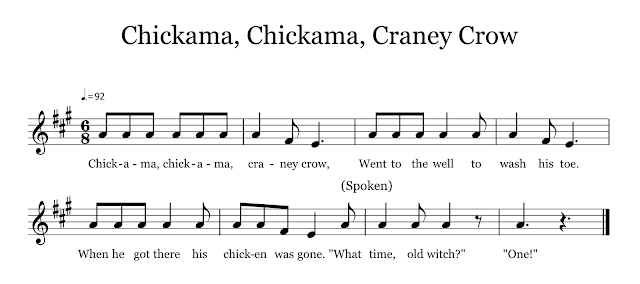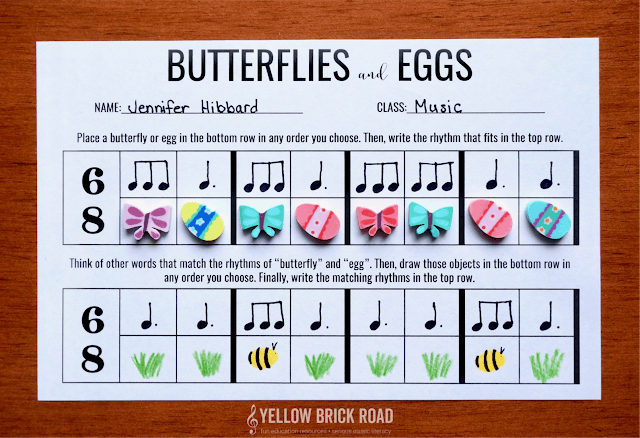
THE GAME
1. One student is chosen to be the witch.
2. The witch finds a hiding place.
The hiding place needs to be large enough to fit half of the class. You could set up your chairs to create a boundary for this space. Or you could assign a specific area of the room as the “witch’s den”.
3. The rest of the students are the “chickens”.
They form a line and begin singing the song (in a taunting fashion) as they pass by the witch.
4. On the line “What time old witch?”, the witch shouts “one” and grabs one of the “chickens”. The kidnapped chicken then stays in the hiding place with the witch. The game continues until half of the class has been kidnapped.
5. Then, the witch “draws a line on the ground” for a tug-of-war match. You can create this line ahead of time with some custodian-approved floor tape. You’ll also want to ask/beg the P.E. teacher for their tug-of-war rope.
6. The student who crosses over the line first becomes the next witch. And the game is played again.
*Teacher Tip: Chat with your P.E. teacher before you plan out this lesson. They will have excellent tips on how to avoid student injury during the tug-of-war. Plus, you need to talk to them anyway to borrow the rope 😉
MODIFICATIONS
For smaller spaces, split the class into two groups, with both playing and singing at the same time. This way, the groups doing the tug-of-war won’t take up as much space.
If you’re limited on time (or your students are limited on patience), have the witch grab two people at a time. Or select two people to be the “witches” so that two groups are going simultaneously.
COMPOUND METER
This song is wonderful for practicing compound meter. If your students are familiar with triplets, you might ask them where the triplets are in the song. Most likely they will spot the triplets immediately in “Chickama Chickama”.
After playing the game, you can use manipulatives to reinforce the triplet feel. I found some egg and butterfly erasers in the Target dollar spot that would work perfectly for this purpose.
I created a worksheet to go along with them. I designed it to be only half of a page to save on ink and paper. Below is a finished example of the worksheet.
The directions for the worksheet are as follows:
Place a butterfly or egg in the bottom row in any order you choose. Then, write the rhythm that fits in the top row.
Think of other words that match the rhythms of “butterfly” and “egg”. Then, Draw those objects in the bottom row in any order you choose. Finally, write the matching rhythms in the top row.
If you don’t have the manipulatives, you can have students draw the butterflies and eggs instead. When the students are finished with their worksheets, you can have them speak their rhythms to partners or play them on rhythm instruments.
That’s it for today’s post. If you’re looking for more ideas for teaching rhythms, be sure to check out the 31 Days of Rhythm event that’s happening right now in the MusicEd Blogs Community. You can visit us on our Facebook page or at our website, where we share new blog posts every day!

